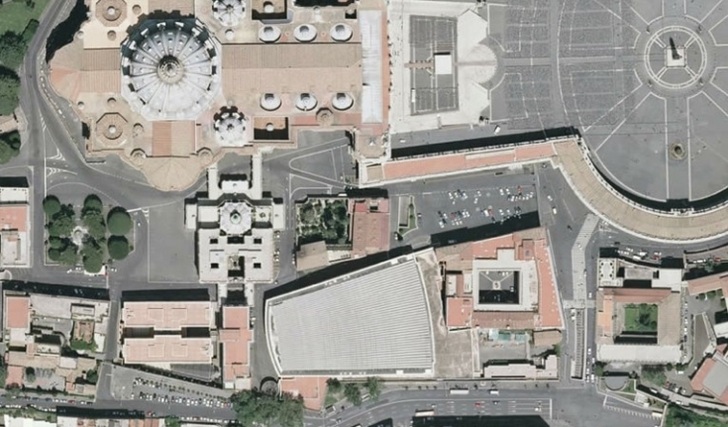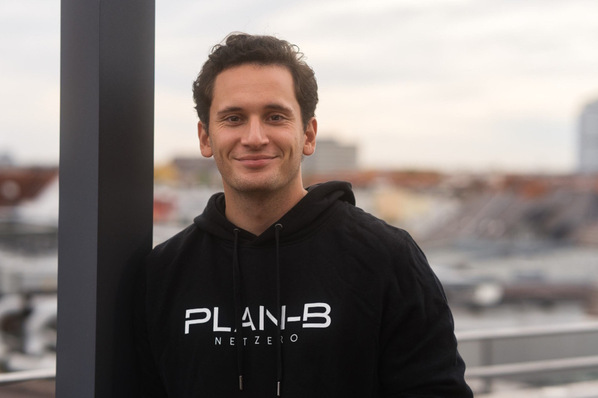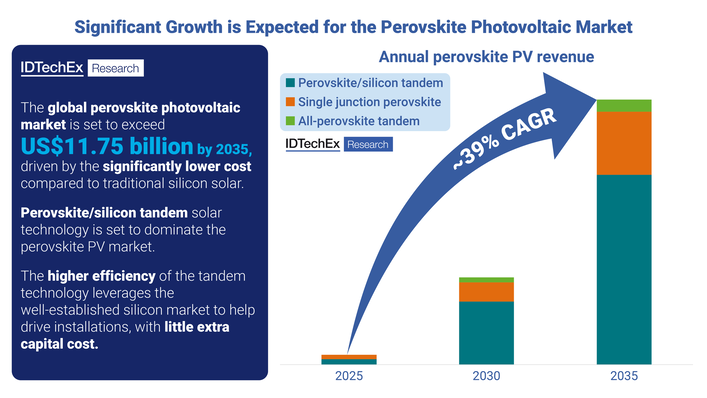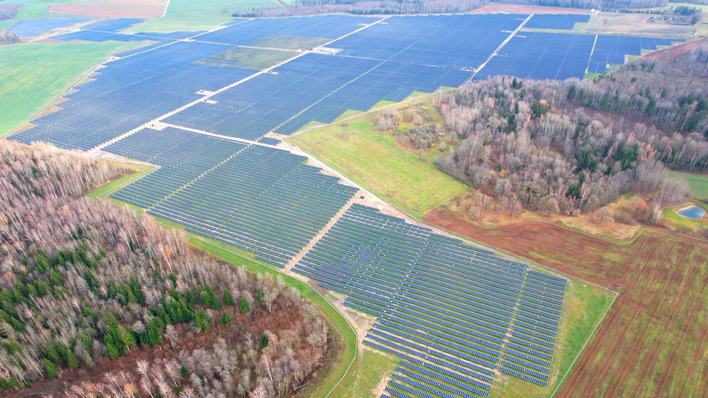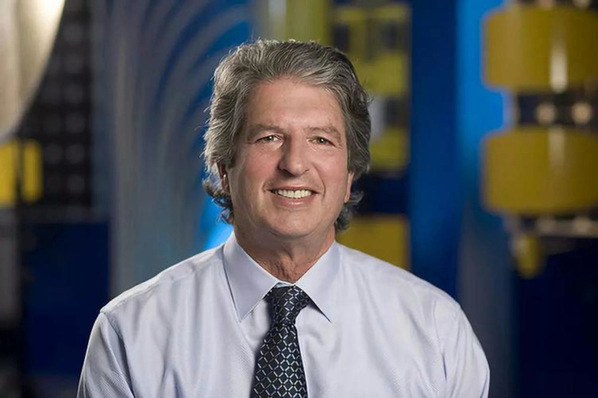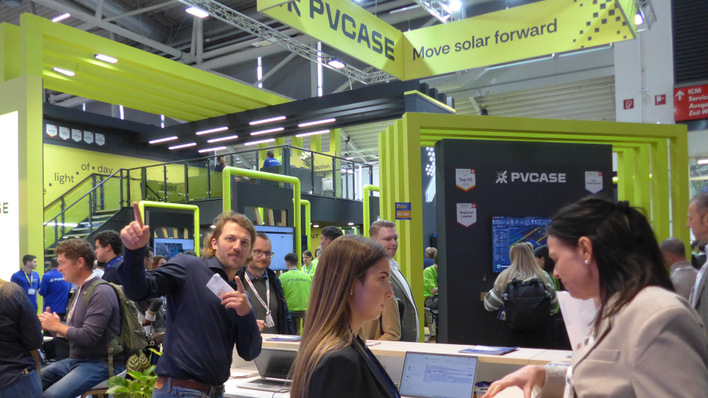Integrating the PV modules in the urban context, a significant fraction of the energy consumed within said environment is produced there where it is needed, cutting the costs of energy transport and diminishing the load on the grid: thereby enabling the distributed generation condition and its many economic and environmental advantages;[20] especially when supported by smart grids and completed by more energy efficient buildings.[21]
Integrating the photovoltaic functionality in Rome’s building is a remarkable energy option. Figure 1 shows an accurate estimation of the PV output electricity obtained with state of the art software (pvPlanner, Solargis) relying on one of the world’s most accurate solar database.[22]
In Rome (lat/lon: 41.9028°/12.4964°) a 1 kWp PV system with modules in crystalline silicon has optimal orientation (azimuth) to South with an inclination of 34°. Under this conditions, taking into account 7 different energy losses yielding an average 78.3% performance ratio, the PV array will generate 1456 kWh (Figure 1).[23]
Remarkable yield also during the winter months
The same PV array in December produces an amount of energy which is 49,1% of the amount generated in the most productive month of the year (July, Table 2), meaning that in Rome photovoltaic generation can yield a significant contribution to the energy needs even during the winter months.
It is relevant that in Rome, where existing roofs in the historic center generally share a common tilt of 14°,[24] even a flat (horizontal) PV array will receive a global irradiance that is 86.3% of the ideal amount of sun radiation with optimal (34°) tilt.[23]
3.2 TWh of clean electricity annually
Assuming to integrate the PV functionality on the surface of all Rome’s residential building rooftops (22 million m2),[25] even previous generation PV modules affording 1 kW for each 10 m2 would generate about 3.2 TWh of clean electricity annually there where this energy is mostly needed.
In most cases in which Italy’s (and Sicily’s) Superintendences of Cultural Heritage denied homeowners permission to install solar panels, justification was mostly based on the exigence “to keep unaltered the chromatic, morphologic and material features of rooftops”.
Solar tiles in terracotta
In Italy, rooftops of the typical dwellings of historic cities and sites are realized with tiles in terracotta (earthenware), a material of exceptional properties whose use in Italy dates back to the early days of ancient Rome. Progress in the development of solar energy systems, however, has solved the dilemma between clean energy and historic preservation, without having to compromise. Bent and flat solar tiles in terraccotta address exactly the objections raised by the Superintendences of Cultural Heritage: they retain the morphological, chromatic and material characteristics of conventional earthenware roofs, while retaining all other services provided by earthenware tiles including thermal flywheel and waterproofing properties, prolonged resistance to extreme weather conditions and microbial attack.
In this sense, solar tiles in terracotta are integrated and truly multifunctional BIPV systems using solar irradiance to provide energy while also providing the building with many other functions. (HCN)
| Table 1. Monthly energy outuput and performance ration from a 1 kWp PV array in Rome with optimal tilt [Source: pvPlanner, Solargis]. | ||||
| Month | Em (kWh)ìa] | Ed (kWh)[b] | Eshare (%)[c] | PR[d] |
| Jan | 82 | 2.63 | 5.6 | 83.4 |
| Feb | 97 | 3.46 | 6.7 | 82.5 |
| Mar | 126 | 4.08 | 8.7 | 81 |
| Apr | 132 | 4.40 | 9.1 | 79.6 |
| May | 152 | 4.89 | 10.4 | 77.4 |
| Jun | 154 | 5.14 | 10.6 | 75.8 |
| Jul | 166 | 5.37 | 11.4 | 74.6 |
| Aug | 157 | 5.07 | 10.8 | 74.8 |
| Sept | 128 | 4.26 | 8.8 | 77 |
| Oct | 109 | 3.52 | 7.5 | 79.4 |
| Nov | 79 | 2.63 | 5.4 | 81.4 |
| Dec | 74 | 2.38 | 5.1 | 83.1 |
| TOTAL | 1456 | 3.99 | 100 | 78.3 |
| [a] Em = kWh produced per month; [b] Ed = kWh produced per day; [c] Eshare = % of the yearly energy production; [d] PR = performance ratio. | ||||
About the authors: Mario Pagliaro is a chemistry and energy scholar based in Sicily. A physicist at the Institute of Biometeorology of Italy’s Research Council in Florence, Francesco Meneguzzo coordinates a research group active in numerous fields from energy to the bioeconomy. M. Pecoraino is based in Palermo.
Solar Age: New database for solar buildings
Stay informed, get our free newsletter twice a week. Register here
Get to know the latest innovations, join our pv Guided Tours at The smarter E Europe/Intersolar Europe in Munich. Register here


